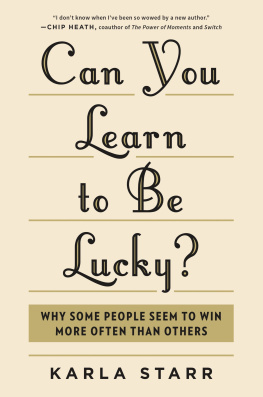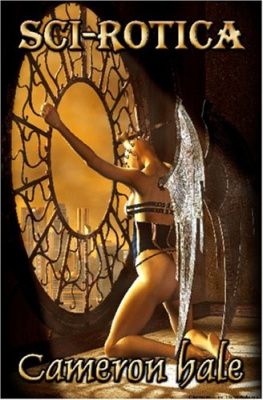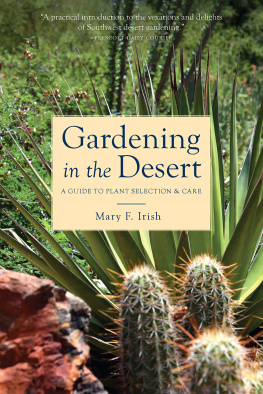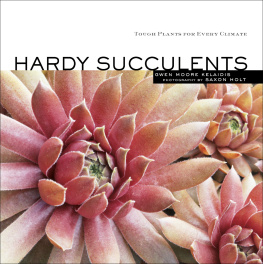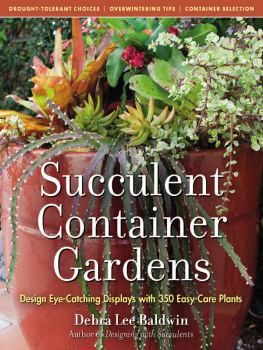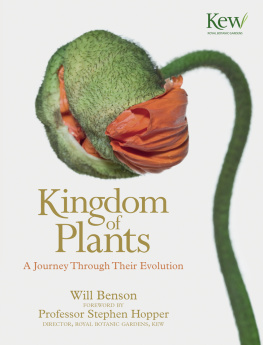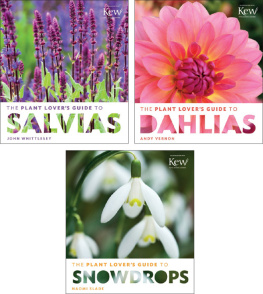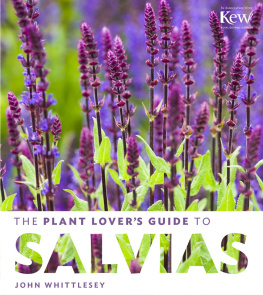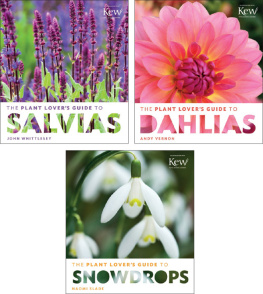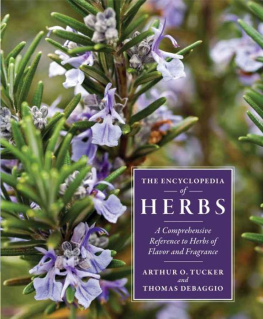Agaves
Living sculptures
for
landscapes
and containers

Agaves
Living sculptures for landscapes and containers
Greg Starr

To Carol: You are my best friend, and your love, patience, and support have given me the strength, drive, and wisdom to tackle another time-consuming project and to understand what love really is. I love you with all of my heart.
To Brian: Your enthusiasm for life has enriched mine; your insight and interest in this book have driven me to see it to fruition.
Frontispiece: Agave ovatifolia
Copyright 2012 by Greg Starr. All rights reserved.
All photographs by the author
Climate zone map by Julie Hecimovich
Published in 2012 by Timber Press, Inc.
The Haseltine Building
2 The Quadrant
133 S.W. Second Avenue, Suite 450
135 Salusbury Road
Portland, Oregon 972043527
London nw6 6RJ
timberpress.com
timberpress.co.uk
Printed in China
Library of Congress Cataloging-in-Publication Data
Starr, Greg, 1957
Agaves: living sculptures for landscapes and containers/Greg Starr.
p. cm.
Includes bibliographical references and index.
ISBN-13: 978-1-60469-198-6
1. Agaves. 2. AgavesVarieties. I. Title.
SB317.A2S73 2010
633.577dc23
2011034310
A catalog record for this book is also available from the British Library.

Agave victoriae-reginae
Preface
Why do you like agaves?
Scott Calhoun, my friend and a fellow plant freak, posed that question to me a while back. If asked a dozen times, I will have a dozen different answers.
Each species has a distinctive feature that draws me in repeatedly like a moth to a flickering flame, letting go briefly as my interest flashes to a different species before pulling me back in time and time again. In several species, what draws me in is the perfect symmetry of the rosette, regardless of the leaf size. Narrow or wide, the mathematical precision as the leaves spiral around the central point, revealing an affinity for Fibonacci patterns, is quite mesmerizing. Many broad-leaved species sink their gnarly, wicked teeth deep into my flesh as I work with them, causing me to pause, mumble a few choice words, and then inspect the intricacies of the teeth and the decorative impressions they left on the surrounding leaves. These impressions, called bud prints, form while the leaves are soft and malleable as they sit tightly wrapped in the developing leaf cone, and remain for the life of the leaf.
Some make incredible landscape specimens, creating year-round visual interest that can be complemented by flowering perennials and shrubs. When these are used together effectively, the garden periodically bursts into a field of color. And after this color fades away, the agaves remain standing boldly, awaiting the next wave.
When I am traveling around the southwestern United States and Mexico, the variation of form, color, and texture in these plants is a visual treat. Leaf colors include deep, dark, avocado green, apple green, red grape red, purplish red, silvery blue, and frosty ice blue. With its deep green leaves with intricate white stripes lovingly hand-painted by Mother Nature, Agave victoriae-reginae, named for Queen Victoria and showing regal features not unlike the queen herself, is a perennial favorite.
Agaves have long been of interest to me. It all began in 1980 when my wife, Carol, and I attended a talk sponsored by the Arizona Native Plant Society. The speaker was Howard Scott Gentry, and he spoke to us about agaves. He was captivating, telling stories of his travels in search of agaves throughout the southwestern United States, Mexico, and Central America while he worked for the United States Department of Agriculture.
Shortly after that talk, I entered graduate school to study horticulture and got a job working for University of Arizona Landscape Architecture professor Warren Jones. He was heading a project to collect, test, and evaluate desert plants for landscaping in the southwestern United States. Warren took me along on a couple of collecting trips, and I was hooked.
My first real expedition south of the United StatesMexico border was in October of 1981, when I was invited on a research trip to Baja California with a group of scientists, botanists, and plant enthusiasts. The trip was organized by Tony Burgess, who under the tutelage of Ray Turner was examining the agaves of Baja California in preparation for his doctoral dissertation. At that time, collecting a handful of seeds from some plants was no big deal, and on Agave cerulata I did manage to find a few seeds, which I then grew. Nearly thirty years later, I still have a small cluster growing at my house.
In 1982, Howard Scott Gentrys Agaves of Continental North America was published by the University of Arizona Press. That book was a catalyst for my interest in agaves, and one day not long after it came out, I was working at the University of Arizona herbarium when in walked Dr. Gentry himself. He was in good humor and quite engaging that day, and even though we had never met, he spent some time entertaining me with stories of his travels, describing how he would spend many days riding on burros in search of new crops and studying agaves along the way. He had a way with words that enlivened the conversation, evoking visions of exciting exploration which intrigued me.
After finishing graduate school, I opened a nursery specializing in unusual landscape plants. For years, desert landscapes in my hometown of Tucson and in the rest of southern Arizona had consisted of either cactus and succulents or drought-tolerant trees and shrubs, and never the twain shall meet. My own plant interest ebbed and flowed from succulents to trees, shrubs, and perennials and back againand during my early trips throughout the southwestern United States and Mexico, my focus was more on the leafy plants, with only a side interest in agaves, nolinas, yuccas, and cactus: anything that would make a nice addition to the somewhat bland southwestern landscapes was fair game. Over time, as my interest in agaves and related plants grew, I began to gravitate more toward the succulent end of the plant spectrum until using succulents in garden landscapes became no less important to me than using their leafy counterparts.
One day in 2000, I received an email with a picture of what I was sure was an undescribed species of agave. This exceptionally attractive specimen looked to be about 3 feet (1 m) tall and nearly 5 feet (1.5 meters) across, with extra wide, deeply cupped, silvery blue leaves. I contacted Carl Shoenfeld at Yucca Do Nursery, who had some insight into the origin of the plant. He said that Lynn Lowery, a plantsman in Texas, had brought it back from one of his expeditions into Mexico. More research revealed that he frequently traveled to a private ranch in the mountains of northeastern Mexico, and sodetermined to find this agaveI arranged to go with my frequent traveling partner, Ron Gass, to Lampazos in Nuevo Len. There we met with Mexican botanist Jos Angel Villarreal and ventured to the ranch where we found the population of plants, some beginning to flower. Jos Angel and I formally described this plant as
Next page

